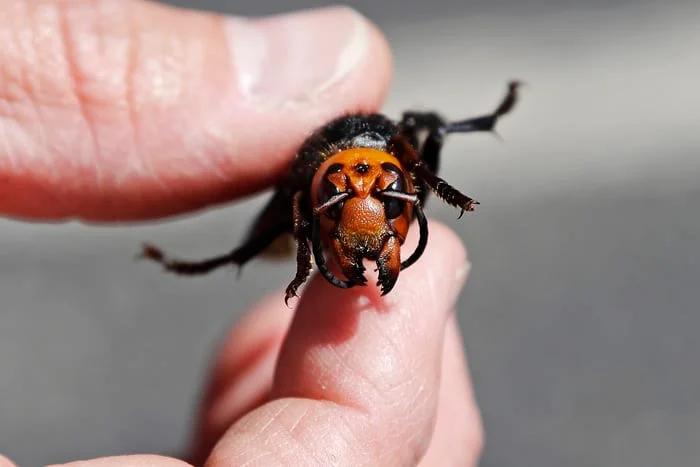If you are afraid of insects, you might want to skip this article. We are going to explore some of the most painful insect stings in the world, based on the Schmidt Pain Index. This is a scale created by entomologist Justin Schmidt, who voluntarily got stung by over 80 insect species and rated the pain from 1 to 4, with 4 being the most excruciating. Here are the top 10 most painful insect stings according to Schmidt, along with some facts and tips on how to avoid them.
10. Honey Bee

Pain level: 2
Description: Burning, corrosive, but you can handle it. A flaming match head lands on your arm and is quenched first with lye and then sulfuric acid.
Honey bees are one of the most common and beneficial insects in the world, but they can also deliver a painful sting if they feel threatened. Honey bees are the only bees that die after stinging, because their stinger is barbed and gets stuck in the skin, pulling out their abdomen. The best way to avoid getting stung by a honey bee is to stay calm and avoid swatting or crushing them. If you do get stung, remove the stinger as soon as possible by scraping it off with a fingernail or a credit card. Do not squeeze or pull it out, as this may inject more venom into the wound.
9. Yellow Jacket

Pain level: 2
Description: Hot and smoky, almost irreverent. Imagine W.C. Fields extinguishing a cigar on your tongue.
Yellow jackets are a type of wasp that are often mistaken for bees, but they have a thinner waist and a brighter yellow color. They are aggressive and territorial, especially in late summer and fall when they scavenge for food. They can sting multiple times and will chase their victims for long distances. To avoid getting stung by a yellow jacket, do not wear bright colors or floral perfumes, and keep food and drinks covered when outdoors. If you encounter a yellow jacket nest, do not disturb it and walk away slowly. If you get stung, apply ice or cold water to the affected area and take an antihistamine to reduce swelling and itching.
8. Bald-Faced Hornet
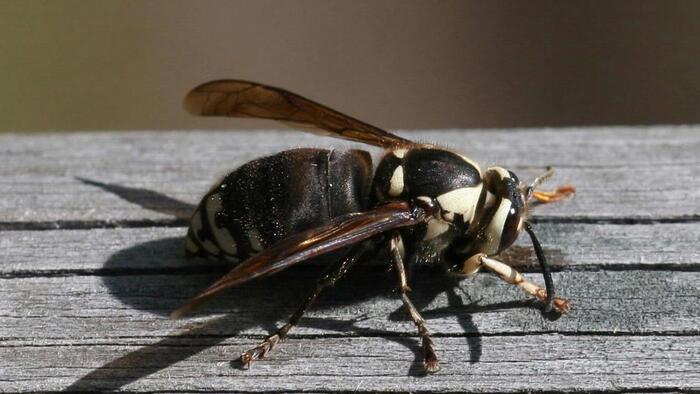
Pain level: 2
Description: Rich, hearty, slightly crunchy. Similar to getting your hand mashed in a revolving door.
Bald-faced hornets are actually a type of yellow jacket, but they have a distinctive black and white pattern on their face and abdomen. They build large paper nests in trees or buildings, and will defend them fiercely if disturbed. They can sting multiple times and release a pheromone that attracts more hornets to join the attack. To avoid getting stung by a bald-faced hornet, do not approach or provoke their nests, and wear protective clothing if you need to remove one. If you get stung, follow the same steps as for a yellow jacket sting.
7. Giant Bornean Carpenter Bee

Pain level: 2
Description: Like an electric drill boring into your cheek.
Giant Bornean carpenter bees are one of the largest bees in the world, measuring up to 3 cm in length. They are native to Borneo and other parts of Southeast Asia, where they bore holes into dead wood to make their nests. They are solitary and rarely sting humans, but when they do, it is very painful due to their large size and powerful mandibles. To avoid getting stung by a giant Bornean carpenter bee, do not disturb their nests or handle them roughly. If you get stung, seek medical attention as soon as possible.
6. Trap-Jaw Ant

Pain level: 2
Description: Instantaneous and excruciating. A rat trap snaps your index fingernail.
Trap-jaw ants are named for their powerful jaws that can snap shut at speeds of up to 230 km/h (143 mph), delivering a powerful bite that can pierce human skin. They also have a venomous sting that causes intense pain and swelling. They are found in tropical and subtropical regions of the world, where they live in large colonies under the ground or in rotten wood. To avoid getting stung by a trap-jaw ant, do not touch or step on their nests or trails, and wear shoes and socks when walking in their habitat. If you get stung, wash the wound with soap and water and apply ice or cold water to reduce the pain.
5. Paper Wasp
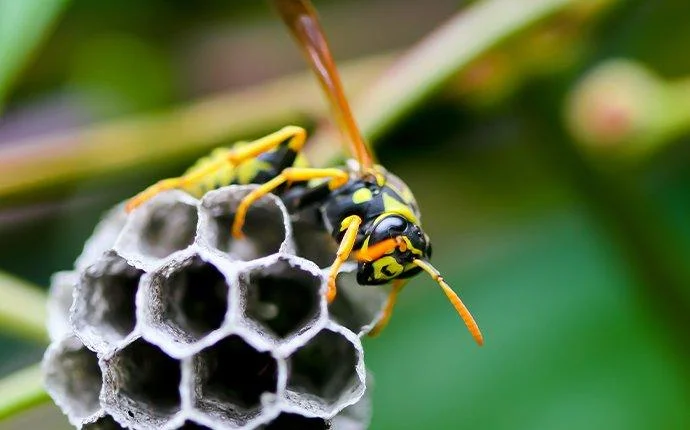
Pain level: 3
Description: Caustic and burning. Distinctly bitter aftertaste. Like spilling a beaker of hydrochloric acid on a paper cut.
Paper wasps are another type of wasp that build paper nests, usually under eaves, roofs, or branches. They are generally not aggressive unless their nest is threatened, but they can sting multiple times and cause severe allergic reactions in some people. Their sting is more painful than a honey bee or a yellow jacket, and can last for several minutes. To avoid getting stung by a paper wasp, do not disturb their nests or swat at them. If you get stung, follow the same steps as for a yellow jacket sting, and seek medical help if you have signs of anaphylaxis.
4. Red Harvester Ant

Pain level: 3
Description: Bold and unrelenting. Somebody is using a drill to excavate your ingrown toenail.
Red harvester ants are large ants that collect seeds and store them in their underground nests. They are found in arid and semi-arid regions of North America, where they create mounds of pebbles or soil. They are very aggressive and will attack anything that disturbs their nest or food source. They can sting multiple times and inject a potent venom that causes intense pain, swelling, and itching. To avoid getting stung by a red harvester ant, do not walk barefoot or sit on the ground near their nests or trails, and do not touch or eat their seeds. If you get stung, wash the wound with soap and water and apply ice or cold water to reduce the pain.
3. Warrior Wasp
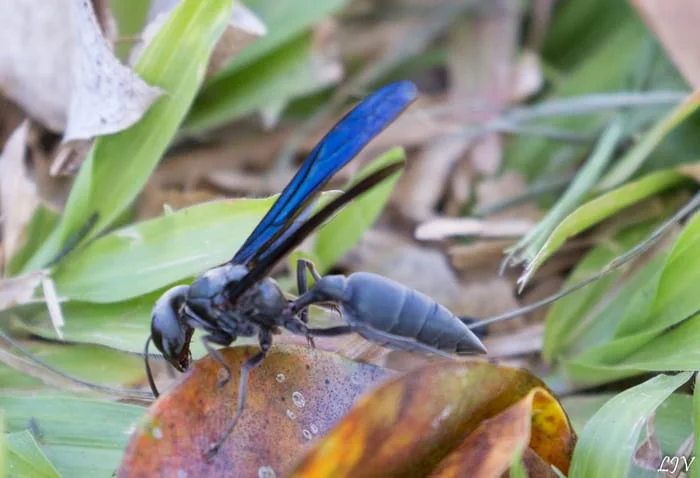
Pain level: 4
Description: Torture. You are chained in the flow of an active volcano. Why did I start this list?
Warrior wasps are a type of social wasp that live in large colonies in Central and South America. They build huge paper nests that can house thousands of individuals, and will defend them with extreme aggression. They can sting multiple times and release a pheromone that signals other wasps to join the attack. Their sting is one of the most painful in the world, causing excruciating pain that can last for hours or days. To avoid getting stung by a warrior wasp, do not go near their nests or provoke them in any way. If you get stung, seek medical attention immediately.
2. Tarantula Hawk Wasp
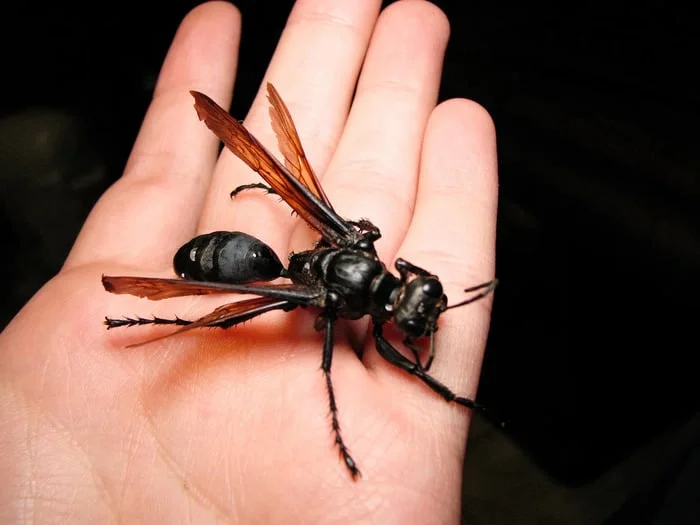
Pain level: 4
Description: Blinding, fierce, shockingly electric. A running hair dryer has been dropped into your bubble bath.
Tarantula hawk wasps are large wasps that prey on tarantulas and other large spiders. They paralyze their victims with their sting and lay an egg on them, which hatches into a larva that feeds on the spider’s insides. They are found in warm regions of the world, especially in deserts. They are usually not aggressive towards humans, but if they do sting, it is extremely painful and debilitating. The pain is so intense that the only thing to do is to lie down and scream until it subsides, which can take up to 15 minutes. To avoid getting stung by a tarantula hawk wasp, do not handle them or disturb their nests or prey. If you get stung, try to remain calm and wait for the pain to go away.
1. Bullet Ant
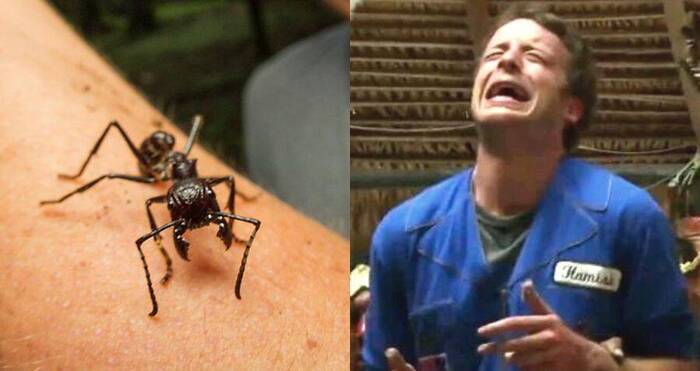
Pain level: 4+
Description: Pure, intense, brilliant pain. Like walking over flaming charcoal with a 3-inch nail embedded in your heel.
Bullet ants are the most painful insects in the world, according to Schmidt’s scale. They are named for their sting, which feels like being shot by a bullet. They are found in the rainforests of Central and South America, where they live in large colonies at the base of trees. They can sting multiple times and inject a neurotoxin that causes waves of pain that can last for up to 24 hours. Some indigenous tribes use bullet ants as part of their initiation rites, where young men have to wear gloves filled with bullet ants for 10 minutes without crying out. To avoid getting stung by a bullet ant, do not touch them or their nests or trails, and wear protective clothing when walking in their habitat. If you get stung, seek medical attention as soon as possible.
These are some of the most painful insect stings in the world, but there are many more insects that can cause discomfort or harm to humans. The best way to prevent insect stings is to be aware of your surroundings and avoid contact with insects that may sting you. If you do get stung, follow the appropriate first aid measures and seek medical help if needed.
